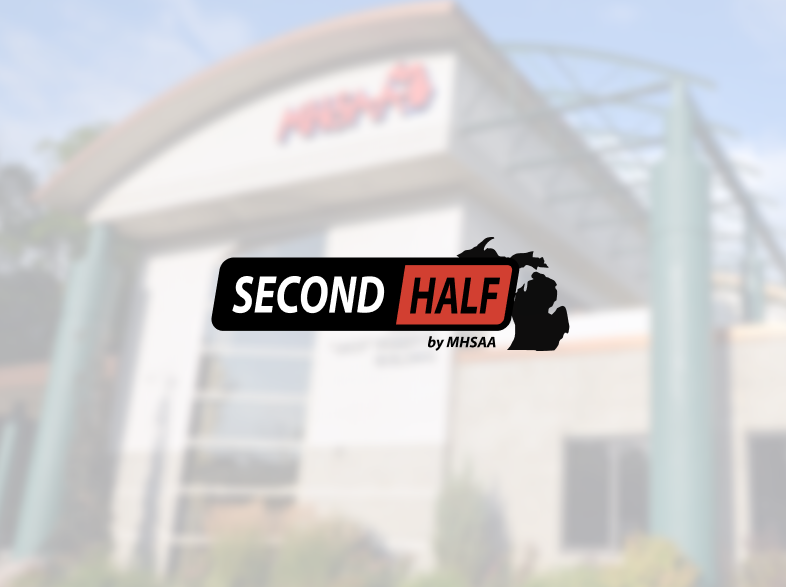
We Get It
November 4, 2011
Participation in high school sports, both nationally and in Michigan, increased in 2010-11 versus the year before. It was the 22nd consecutive year of increases nationally, according to the National Federation of State High School Associations.
The National Federation also conducted a first-of-its-kind attendance survey that tells us in 2009-10 that there were more than a half billion spectators at high school sporting events across the country. There were more than two and a half times as many fans attending high school basketball and football contests as attended college and professional contests combined in those sports.
We should be excited about our programs and encouraged by their historical popularity and continuing growth. But clearly, we are not. In fact, we are a discouraged bunch.
We are discouraged because, behind the good numbers that are reported, we see serious erosion – a subtle “slip-sliding away” of the principles and the popularity of school-based sports. In spite of the good numbers, we sense that all is not well in educational athletics.
In many places athletic directors are losing their full-time dedicated positions, which are essential to oversee a program of high participation, large crowds, great emotion and some risk of injury. In many places students are losing participation opportunities, which are essential components of a complete education necessary to prepare young people for the increasingly complicated and competitive world which they are about to enter.
We get it at the MHSAA. We know what’s happening. Not only do we get it, we also get the hundreds of calls from coaches who don’t have an athletic director available to answer their questions. And we get the hundreds and hundreds of calls from parents and others who can find neither a coach nor an athletic director available to address their concerns or answer their questions. Almost every time a school district dials down its oversight of the interscholastic athletic program, its constituents dial up the MHSAA to answer their questions and address their concerns.
Less money for and less oversight of school sports is a combination tailor-made for problems – for ineligible students and forfeits, for crowd control and sportsmanship problems, and for injuries; and in all cases, for the controversies that follow. There are smarter places to make cuts in our schools and still turn out smart kids.

Going on Offense
March 3, 2015
I was a defensive back on my college football team, but I refuse to be put on the defensive about the game of football.
The game is good for students, their schools and our communities. High school football is character-building for students, spirit-building for schools and community-building for cities and towns. Local school football programs ought to be part of the development plans and place-making strategies of all communities of Michigan.
The school-sponsored game has never been safer to play. The equipment has never been more protective, coaches have never had more safety training, the rules have never been more safety-oriented, and game officials have never had more encouragement to enforce those rules. The result is fewer injuries of all kinds – from nicks and bruises to ankles, knees and necks.
When the game of football has faults, we find and fix them. To continue doing so requires that we be honest with ourselves about where the game has weaknesses and be constantly alert to effective ways to improve the game.
Defensiveness gets in the way of discovering ways to go on offense. It blocks innovation and sacks aspirations before they can be launched.
I want our public to know that school-sponsored football is a great game. I also want the public to know that we aspire to keep improving the game and to exceed legal mandates. We will continue to do more than what is required and, in fact, we intend to do what’s unexpected to assure football remains a positive influence on students, schools and communities.

